Cinnamon Chronicles: A Spicy Journey from Ancient Forests to Your Kitchen!
Table of Contents
- Introduction
- Where Does Cinnamon Originate? A Historical Deep Dive
- Types of Cinnamon: Ceylon vs Cassia – What’s the Difference?
- How Is Cinnamon Harvested? The Bark Breakdown
- Spice Up Your Life: Cooking Tips with Cinnamon
- Health Perks & Myths: Is Cinnamon Magic or Just Magical-Tasting?
- Cinnamon Around the World: Cultural Traditions & Surprising Uses
- Buying Guide: How to Choose the Best Cinnamon for You
- Conclusion
Introduction
There’s something undeniably comforting about the smell of cinnamon wafting through the kitchen—whether it’s in grandma’s apple pie, your morning coffee, or even a festive chai latte.
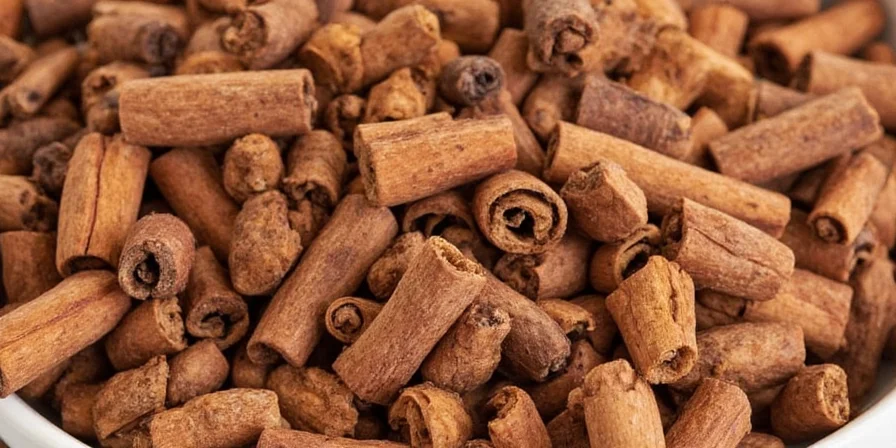
But have you ever paused mid-sprinkle and wondered: where does cinnamon originate? Spoiler alert: It’s not just a shelf item that magically appears next to nutmeg. Let’s roll up our sleeves (and maybe wrap them in some cozy spice vibes) and dive into the rich, aromatic history of this beloved spice.
Where Does Cinnamon Originate? A Historical Deep Dive
Cinnamon has roots deeper than your favorite family recipe. Its story begins thousands of years ago, long before Starbucks had a pumpkin spice latte on the menu.
Believe it or not, **cinnamon was once worth more than gold**! Ancient Egyptians used it in embalming rituals, while Romans burned it during funerals as an offering to the gods.
| Era | Region | Main Use |
|---|---|---|
| Ancient Egypt | Near East | Mummification and religious ceremonies |
| Roman Empire | Rome | Funerary offerings and luxury goods |
| Medieval Europe | Europe | Preservative and flavor enhancer |
As for its geographical birthplace? That would be **Sri Lanka**, formerly known as Ceylon—the very name gives away its connection. Sri Lankan cinnamon, also called “true cinnamon,” comes from the inner bark of the *Cinnamomum verum* tree. But wait, we’ll get more into types shortly.
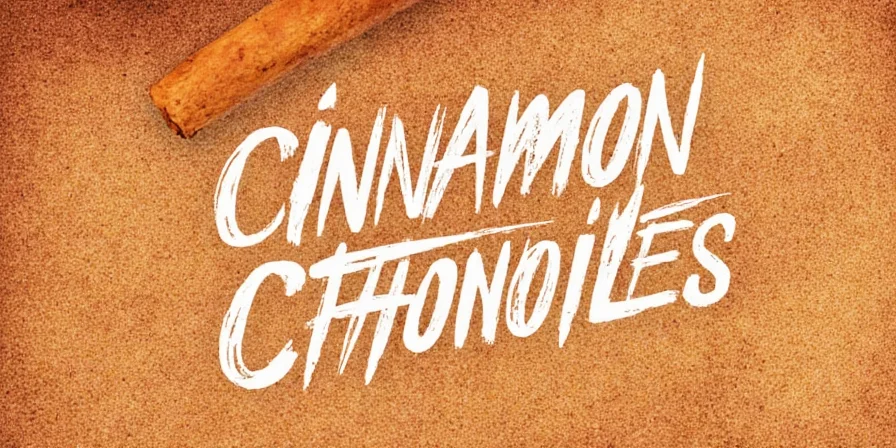
Types of Cinnamon: Ceylon vs Cassia – What’s the Difference?
Here’s where things get interesting—and potentially confusing at the spice rack. There are two main types of cinnamon:
- Ceylon Cinnamon (True Cinnamon)
- Cassia Cinnamon (Chinese Cinnamon)
The difference? More than just pronunciation.
| Feature | Ceylon Cinnamon | Cassia Cinnamon |
|---|---|---|
| Origin | Sri Lanka, Madagascar | China, Indonesia, Vietnam |
| Taste | Mild, sweet, delicate | Strong, spicy, slightly bitter |
| Texture | Thin, brittle, layered like parchment | Thick, rough, single layer |
| Coumarin Content | Very low | High – can be toxic in large amounts |
| Price | Expensive | Inexpensive |
So why do most grocery stores sell Cassia instead of Ceylon? Simple economics. Cassia is cheaper to produce and lasts longer on the shelf. But if you’re planning on sprinkling cinnamon daily in your oatmeal or lattes, go for Ceylon—it's safer and gentler on the liver.
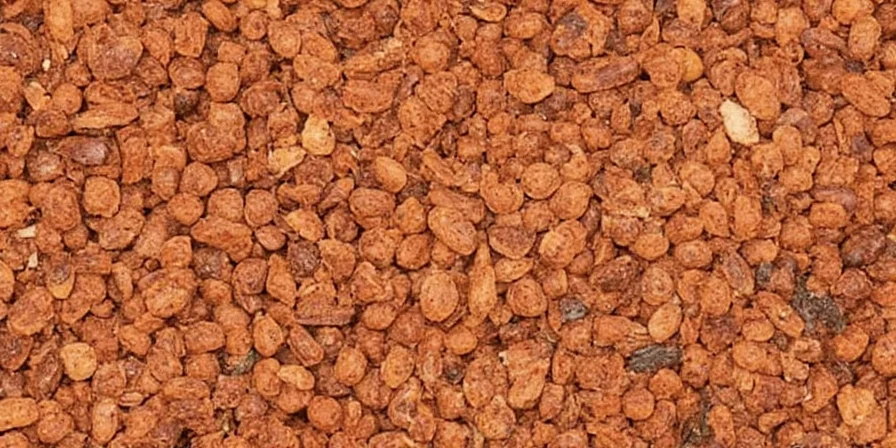
How Is Cinnamon Harvested? The Bark Breakdown
Let’s take a leaf out of nature’s book—or rather, peel back a tree. Cinnamon comes from the inner bark of specific species of *Cinnamomum* trees.
Here’s how they do it the traditional way in Sri Lanka:
- Tree Pruning: Farmers prune 2–3-year-old branches to encourage tender growth.
- Bark Stripping: Skilled workers use a curved knife to strip off the outer bark.
- Inner Bark Removal: The thin, fragrant inner bark is carefully peeled off in long strips.
- Drying: Strips are dried for several days until they curl into quills (the cinnamon sticks we know).
- Grading: Sticks are sorted by size, color, and oil content.
Modern methods may include mechanical peeling and controlled drying environments, but the essence remains the same: careful craftsmanship and centuries-old techniques.
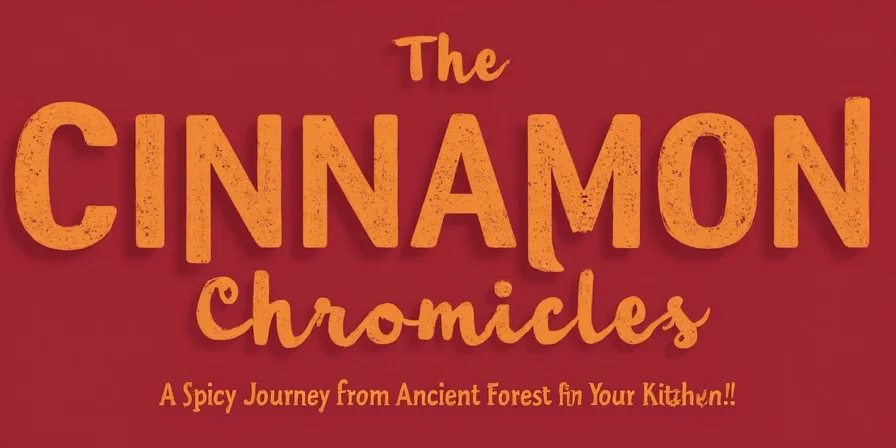
Spice Up Your Life: Cooking Tips with Cinnamon
Ready to become a cinnamon connoisseur in the kitchen? Here are five practical tips to get the most out of your spice jar:
- Toast It First: For a richer flavor, toast ground cinnamon in a dry pan before adding it to dishes.
- Add to Coffee: Stir a pinch into your coffee grounds for a warm, spiced kick.
- Use in Savory Dishes: Try it in tagines, stews, or mole sauces—it pairs beautifully with meats and root vegetables.
- Make a Spice Mix: Blend with cardamom, nutmeg, and cloves for a homemade chai or mulled wine blend.
- Store Properly: Keep it in a cool, dark place to preserve essential oils and aroma. Ground cinnamon lasts about 2 years; sticks last longer.
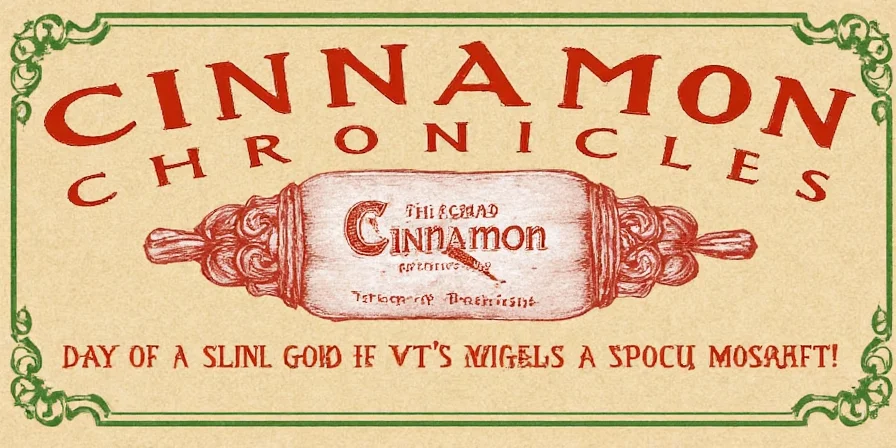
Health Perks & Myths: Is Cinnamon Magic or Just Magical-Tasting?
You’ve probably seen headlines claiming cinnamon can cure diabetes or prevent Alzheimer’s. While there’s some truth behind these claims, let’s cut through the hype:
Proven Benefits
- Anti-inflammatory Properties: Helps reduce swelling and muscle soreness.
- Antioxidant Powerhouse: Fights free radicals better than many fruits and veggies.
- May Improve Insulin Sensitivity: Especially Ceylon cinnamon, which doesn’t carry the same coumarin risks as Cassia.
- Antimicrobial Action: Can inhibit the growth of certain bacteria and fungi.
Common Myths Busted
- Cinnamon Detox: Sorry, no scientific backing for detox drinks. Stick to hydration and fiber!
- Weight Loss Miracle: While it might boost metabolism slightly, it won’t replace exercise or healthy eating.
- Cure for Diabetes: Some studies suggest benefits, but never replace prescribed meds without consulting your doctor.
Bottom line: Enjoy cinnamon for its flavor and modest health perks, but don’t expect miracles—unless your miracle is a killer cinnamon roll.
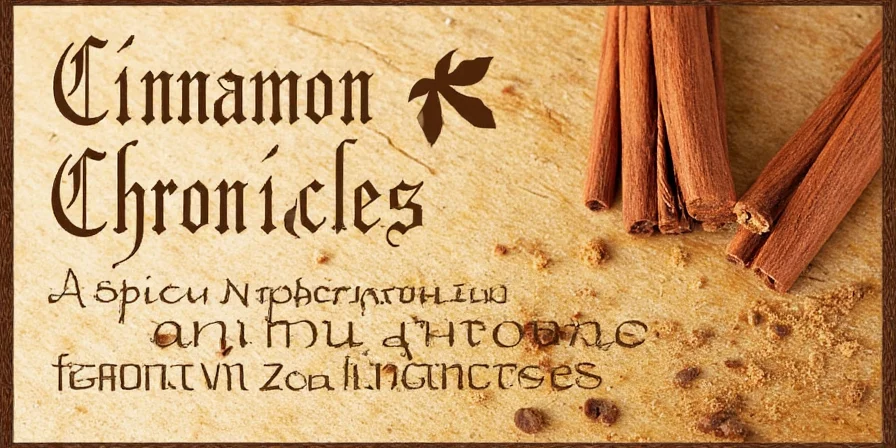
Cinnamon Around the World: Cultural Traditions & Surprising Uses
Cinnamon isn’t just a Western darling. Across the globe, cultures have woven this spice into their culinary and spiritual fabric.
India
Used in masalas, garam masala blends, and spiced teas. Also a key ingredient in Ayurvedic medicine for balancing Vata dosha.
Middle East
Added to lamb dishes, rice pilafs, and desserts like baklava. Often combined with rose water and cardamom.
Mexico
Used in hot chocolate, churros, and savory dishes like cochinita pibil. Mexican chefs often prefer Ceylon for its mild flavor.
United States
The land of cinnamon rolls, cinnamon toast crunch, and yes, pumpkin spice everything. Most Americans use Cassia due to its affordability.
No matter where you go, cinnamon bridges cultures, seasons, and palates.
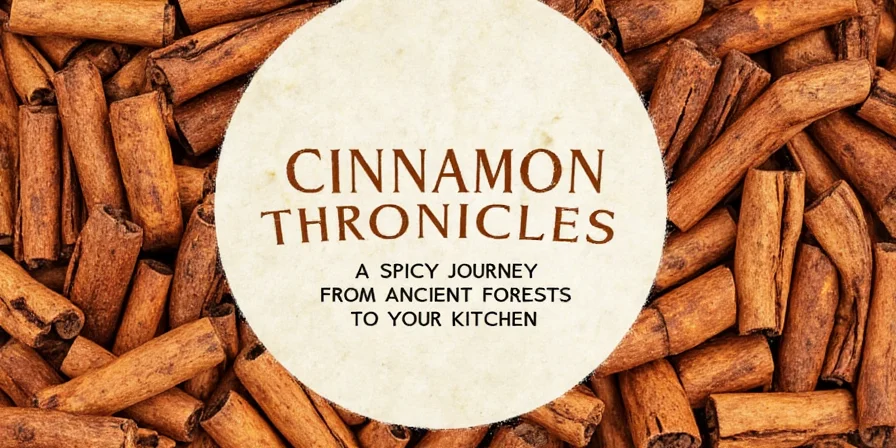
Buying Guide: How to Choose the Best Cinnamon for You
Now that you're armed with knowledge, it's time to shop smart. Here’s how to choose the best cinnamon based on your needs:
- For Daily Use: Go for Ceylon if you want quality and safety. Look for labels that say “Ceylon” or “True Cinnamon.”
- For Baking: Cassia works well because of its strong flavor that stands up to heat.
- For Tea or Hot Drinks: Ceylon sticks or powder infuse smoothly without bitterness.
- For Gifting: Get creative with cinnamon-infused honey, oils, or handmade candles.
- Check for Quality: Fresh cinnamon should smell potent and sweet. Avoid dull-colored powders or brittle sticks with little aroma.
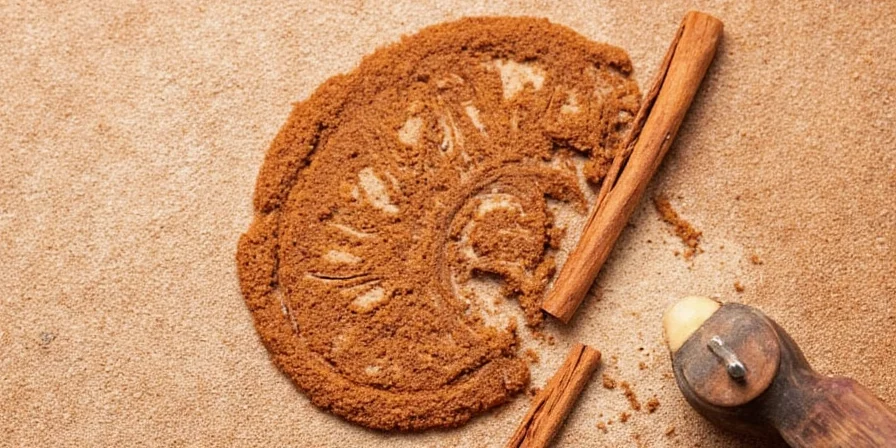
Conclusion
So, to answer the question: where does cinnamon originate? Technically, from the island of Sri Lanka—though its journey over millennia has taken it far beyond its birthplace. From ancient embalming practices to today’s trendy lattes, cinnamon has seasoned our lives in more ways than one.
Whether you’re baking a pie, brewing tea, or just enjoying a whiff of warmth, remember: every pinch of cinnamon carries a legacy of culture, trade, and tradition. So next time you reach for that little jar, take a moment to appreciate the journey from forest to fork.
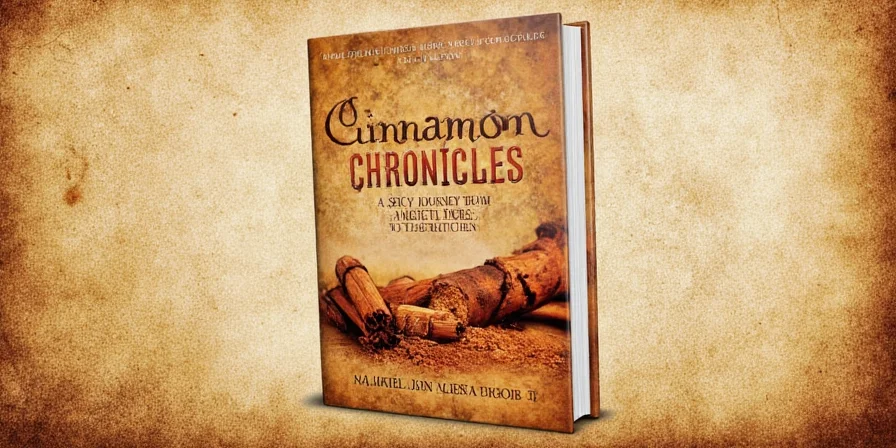
And now, if you’ll excuse me, I need to go make myself a cup of cinnamon-spiced chai… and maybe a cinnamon roll. Or two.

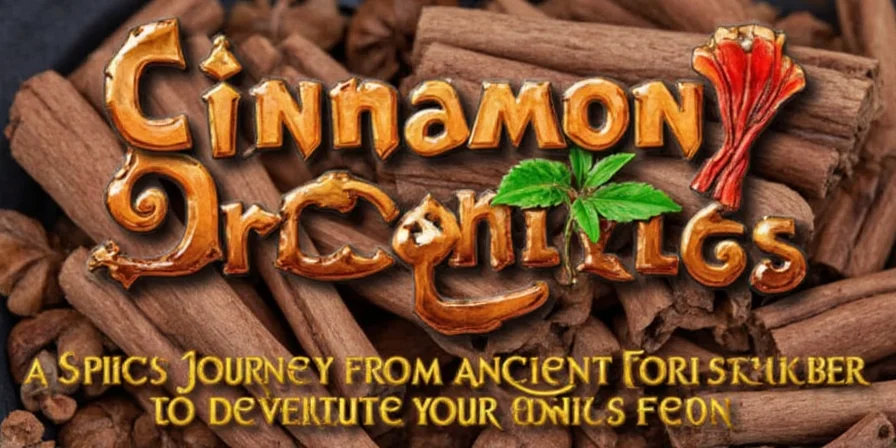









 浙公网安备
33010002000092号
浙公网安备
33010002000092号 浙B2-20120091-4
浙B2-20120091-4